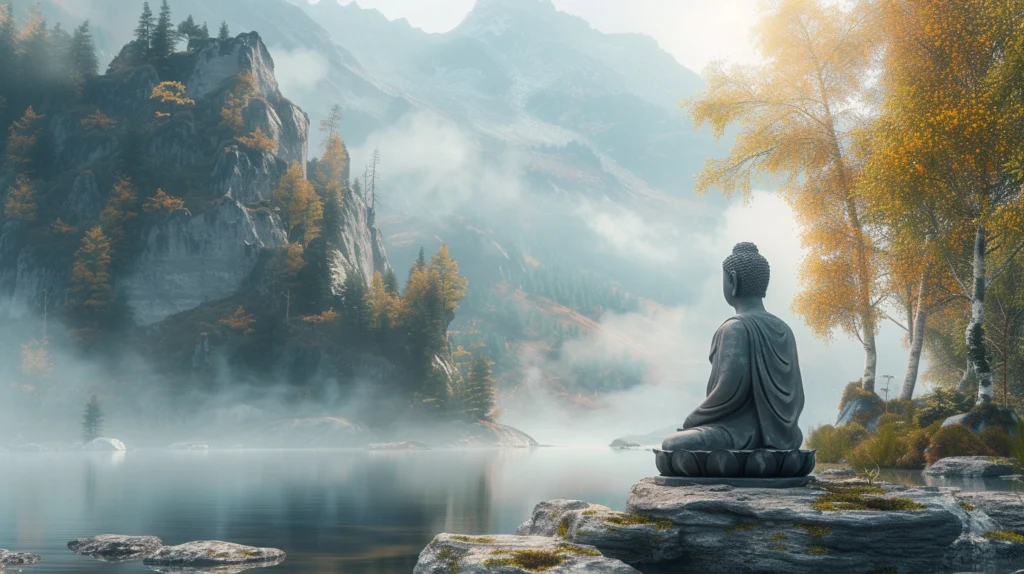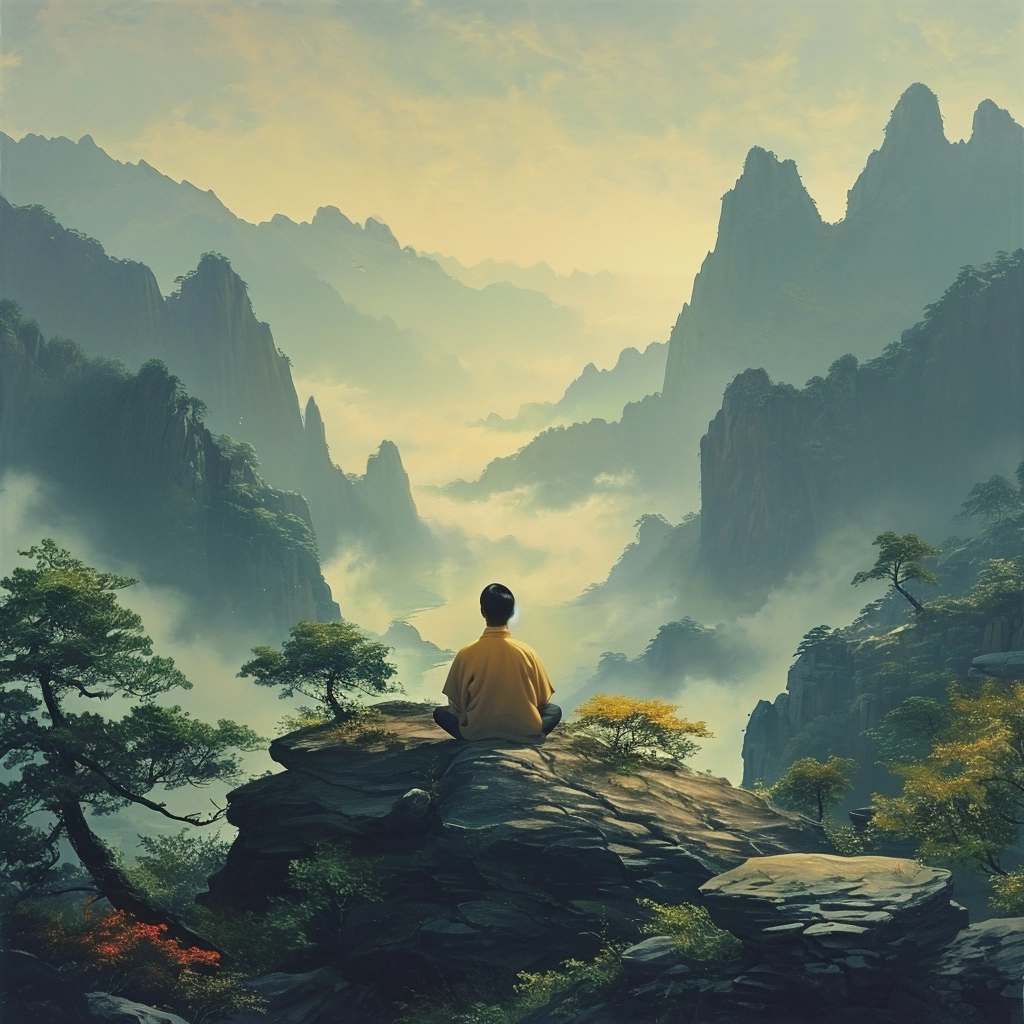In the vast expanse of human civilization, the practice of meditation stands out as a timeless tradition, a bridge connecting the physical to the metaphysical, the conscious to the subconscious. This ancient art form, deeply rooted in the soil of spirituality and mental well-being, offers a sanctuary from the tumult of everyday life. The history and origins of meditation are as rich and diverse as the cultures that have nurtured it. This exploration into the serene world of meditation not only uncovers its historical tapestry but also offers a personal touch, reflecting on its enduring relevance in today’s fast-paced world.

The Seedlings of Silence: Early Beginnings
Meditation’s journey begins in the verdant landscapes of the East, where it first sprouted as a spiritual practice over 5,000 years ago. Ancient scriptures and artifacts suggest that the Indus Valley Civilization was among the first to embrace meditation, with techniques and practices that would lay the foundation for future generations. As these practices evolved, they became integral to major religious traditions such as Buddhism, Hinduism, and Taoism, each adding unique elements to the meditation mosaic.
In Buddhism, meditation is the path to enlightenment, a method to cultivate the mind and attain a state of deep peace and understanding. The Buddha himself, Siddhartha Gautama, attained enlightenment through meditation, and his teachings spread this practice far and wide. Hinduism offers a variety of meditation techniques, with yoga and mantra meditation helping practitioners reach higher states of consciousness. Taoism emphasizes harmony with the universe through meditative practices that align the body and spirit.
Spreading Branches: The Global Journey
The silk roads of meditation extended beyond the East, reaching the Western world during the Middle Ages. However, it wasn’t until the 20th century that meditation truly blossomed in the West, thanks to pioneers who bridged these cultural divides. The 1960s and 70s saw a surge in interest in meditation, fueled by the counterculture movement and figures like Maharishi Mahesh Yogi, who introduced Transcendental Meditation to a global audience.
Today, meditation has transcended its religious roots to become a universal practice embraced by millions seeking inner peace, stress reduction, and enhanced mental clarity. Scientific research has begun to unveil the myriad benefits of meditation, from lowering blood pressure to improving emotional well-being, making it a valuable tool in the quest for a balanced life.
A Personal Reflection
On a personal note, integrating meditation into my daily routine has been a journey of self-discovery and grounding. In the quiet moments of reflection, I’ve found a haven from the storm of daily life, a space where thoughts can ebb and flow without judgment. It’s a practice that requires patience and persistence, but the rewards—a sense of calm, improved focus, and a deeper connection to the world around me—have been immeasurable.

Embracing the Quietude: The Future of Meditation
As we gaze into the future, the evolution of meditation continues, with technology introducing new ways to engage with this ancient practice. Meditation apps and virtual reality experiences offer guided sessions for the digital age, making meditation more accessible than ever before. However, at its core, meditation remains a personal journey, a testament to the human quest for peace and understanding.
In the serene silence of meditation, we find a reflection of our deepest selves, a reminder of the enduring human spirit. The history and origins of meditation tell a story of a practice that has weathered the ages, adapting and growing, yet always retaining its essence. It is a journey not just of the mind, but of the heart, offering a path to tranquility in a turbulent world.




